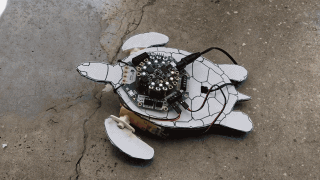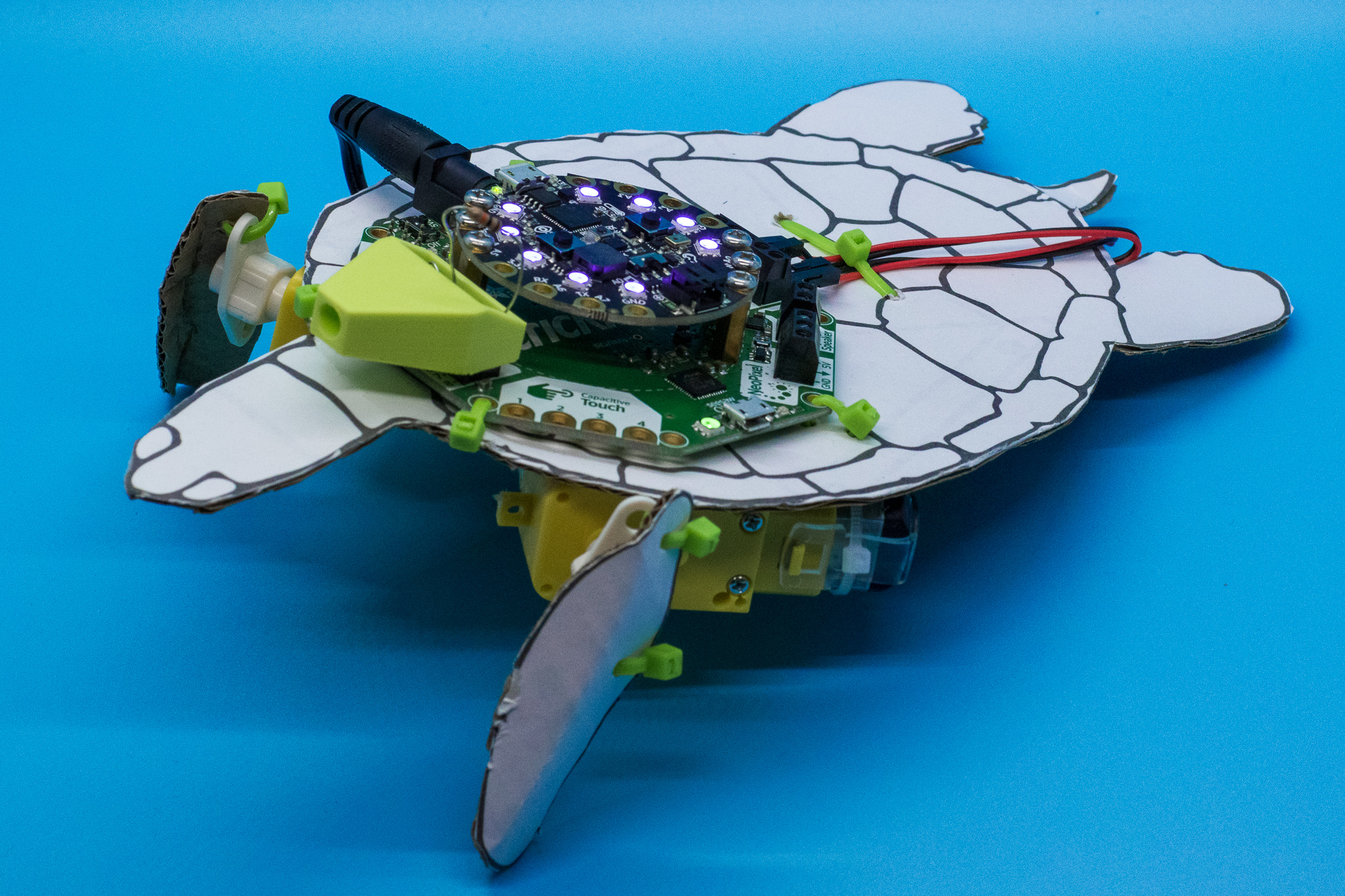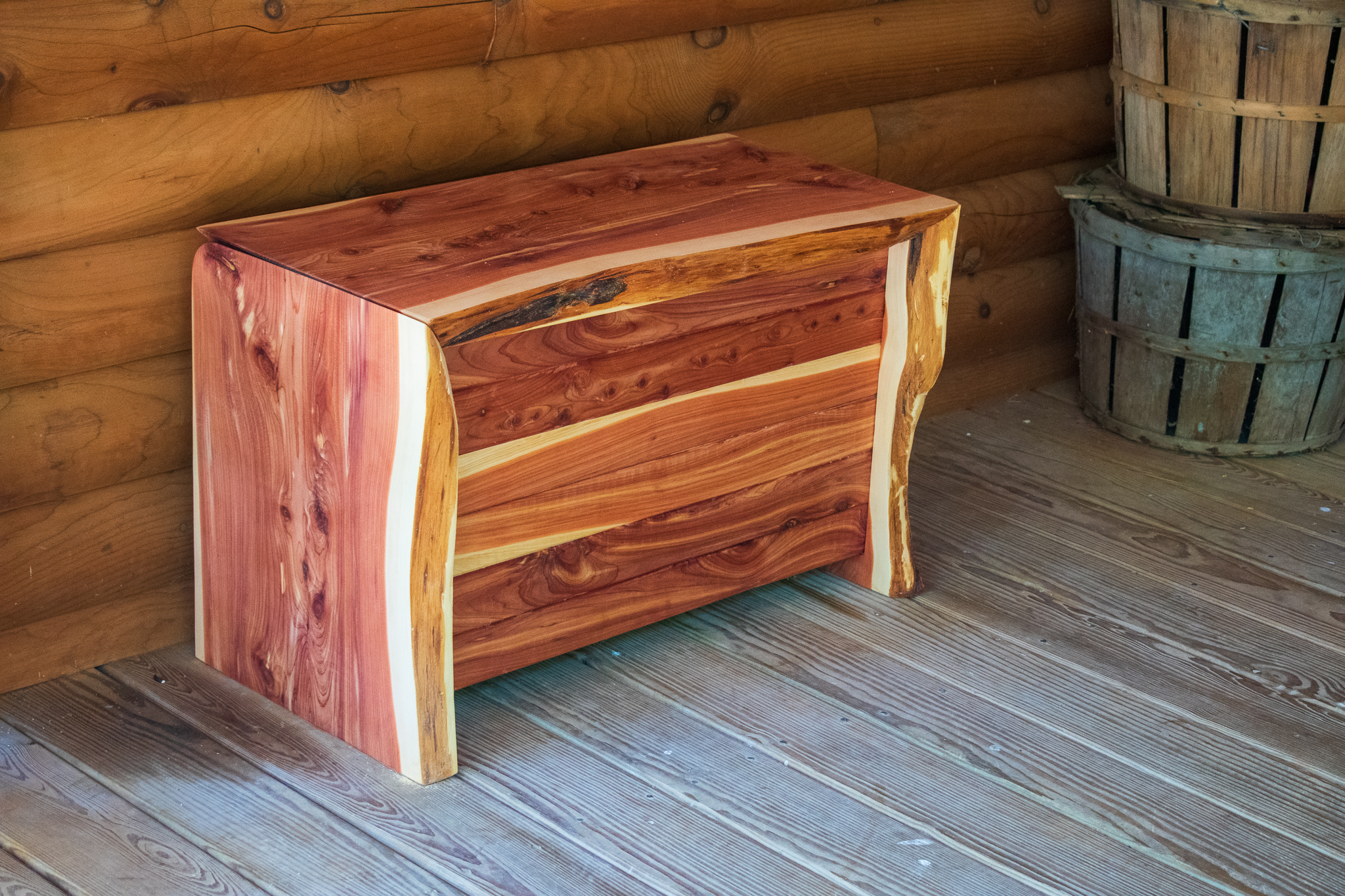Sea turtles, in case you didn’t know, are pretty great. These giant marine reptiles have been chilling out in the ocean for over 100 million years, largely unchanged. But their evolutionary foray onto land along with the rest of the tetrapods (a move largely regarded as a mistake by most extant species) left them with one one critical vulnerability: they have to return to land to lay their eggs, and their hatchlings must survive a grueling march to the sea within minutes of emerging into the world.
To find their way back to the sea, sea turtle hatchlings emerge from their nests in the darkness and track light cues on the horizon, tracking the glow of starlight on waves. This becomes a huge problem when the beach is littered with the pollution of artificial lights, leading hatchlings away from the sea and towards streets, resorts, and beachfront bars. Light pollution is such a serious problem for sea turtle survival, that many municipalities which host turtle nesting beaches ban the use of superfluous lighting during nesting season.
Protecting sea turtle nests and nesting sea turtles, particularly the massive, primordial leatherback sea turtle, is a core mission of the Dominica Sea Turtle Conservation Organization (DomSetCO). Leatherbacks are exceptionally sensitive to light. On the top of their heads is a translucent patch of skin directly above the pineal gland. This window to the turtle’s brain serves as a rudimentary third eye which can sense how light changes.
You can help support DomSetCO by donating to our campaign to build the Rosalie Conservation Center, a hybrid rum distillery, fish hatchery, and conservation center in Dominica. Drink rum, save turtles.
As part of my evolving portfolio of tech projects that show students how animals sense the world in the most needlessly complicated way possible, I took the Crawling Baby Sea Turtle project from Adafruit Learning Portal and made a few… alterations.
All credit goes to designer Dano Wall, who created this fun project and compiled an excellent tutorial over at Adafruit. All I did was add a second photoresistor, make a 3D-printable light tunnel, and muck about with the code. So step one is to go to the Adafruit Learning Portal and build the crawling baby sea turtle robot.

But of course, I’ve never met a hardware project I haven’t wanted to immediately hack into something else, so I had to take this already great project to the next level. To do that, I added a photoresistor to the Signal/IO breakout. To get things working, one leg of the photoresistor goes to pin 1, one leg goes to 3.3V, and a 10 kOhm resistor bridges pin 1 and GND. You can friction fit the resistor or solder it into place if you’re feeling adventurous. For extra sensitivity, I whipped up a 3D printable light channel that fits over the breakout and holds the photoresistor in a forward orientation: Photoresistor holder for Adafruit Crawling Sea Turtle Robot.
Then, all you need to do is flash this code to the Playground Express: Turtle Borg. Note: when flashing code, make sure to connect to the USB port on the Playground Express, not the USB port on the Cricket.
From there your turtle is ready to roll. There are lots of things you can experiment with, both on the behavior side and the robotics side. Try different light patterns, attempt to simulate nighttime in a classroom, or take your little robot out to a sandbox and experiment with changing topographies. You probably want to keep the completely exposed robot away away from the beach though. In the code, you can tweak the sensitivity of both photoresistors, the speed of the motors, or create entirely new logic loops for a more sophisticated horrifying sea turtle cyborg hatchling experience.
So what’s the point of this wildly over-complicated exploration of a fairly simple concept? I have three goals:
First, to demonstrate how sea turtle hatchlings use light to find their way to the ocean as they emerge from their nest and how light pollution can interfere with that process using a device that is easy to transport and set up and doesn’t require anything else. You can drop this little turtle-borg into any classroom, STEM fair, or outreach event and it provides a clear, entertaining visual that can demonstrate a simple behavior without any superfluous interpretation. You don’t even need to provide background. The best way to run an exploratory demonstration like this is to let your students figure out why the turtle borg is making the decisions it makes and then explain the science after that first moment of discovery.
Second, it’s an introduction to basic robotics. At its heart, the turtle borg is a device that compares light levels from two sources and then moves towards the brightest object. Two motors, two sensors, and a tiny bit of software help it measure its environment and make decisions independent of an operator. Robots don’t get much simpler than that. Thanks to the Circuit Playground and Cricket platforms, it can be built with no soldering and no special tools. These two boards are phenomenally versatile and can support a wide array of different sensing and motion applications that encourage even more creative robotics.
Third, it provides a simple coding experience. Adafruit’s flavor of MakeCode is one of the easiest coding environments to learn. It uses a visual interface to construct blocks of code, which are converted to Python behind the scenes. This allows students to focus on what the code does, rather than obsess over syntax. There are just enough variables to tweak within the turtle borg code to get your flippers wet reading sensors and building logic loops without chasing stray semicolons.
These factors create a lot of options for building curricula around the turtle borg. You can create a simple, 2-minute demonstration at an outreach event highlighting the impact of light pollution on sea turtle hatchlings, or a multi-day introductory conservation technology program that covers hardware, coding, environmental sensing, sea turtle ecology, and the interface between nature and technology. Or go wild and adapt the Cricket/Circuit Playground platform to anything you can imagine.
Believe it or not, we are not sponsored by Adafruit, I just really like their projects and electronics (their M0 datalogger is the brain of the OpenCTD). If Adafruit is out of stock, you may be able to find parts through suppliers suppliers like Digikey, Sparkfun, or *that* website.
And speaking of South American rivers, if you’re going to dive into DIY electronics, the iFixit Pro Tech Toolkit is the single handiest set of basic electronics tools anywhere. And we do get a little kickback if you buy it through our affiliate link.
Southern Fried Science is free and ad-free. We use Amazon Affiliate links when we discuss consumer products, which provides us with a small kickback if you purchase through those links. If you enjoy Southern Fried Science, consider contributing to Andrew Thaler’s Patreon campaign to help keep the servers humming as well as supporting the development of open-source oceanographic equipment.

